If you’ve ever walked through a garden that feels like stepping into a calm, timeless painting, chances are a Japanese maple tree was part of the scene.
These trees are nature’s brushstrokes, painting landscapes with their delicate leaves and vibrant colors. Whether you have a sprawling backyard or a small city garden, incorporating Japanese maple trees can turn your outdoor space into a serene sanctuary filled with texture, color, and movement.
Why Japanese Maple Trees?
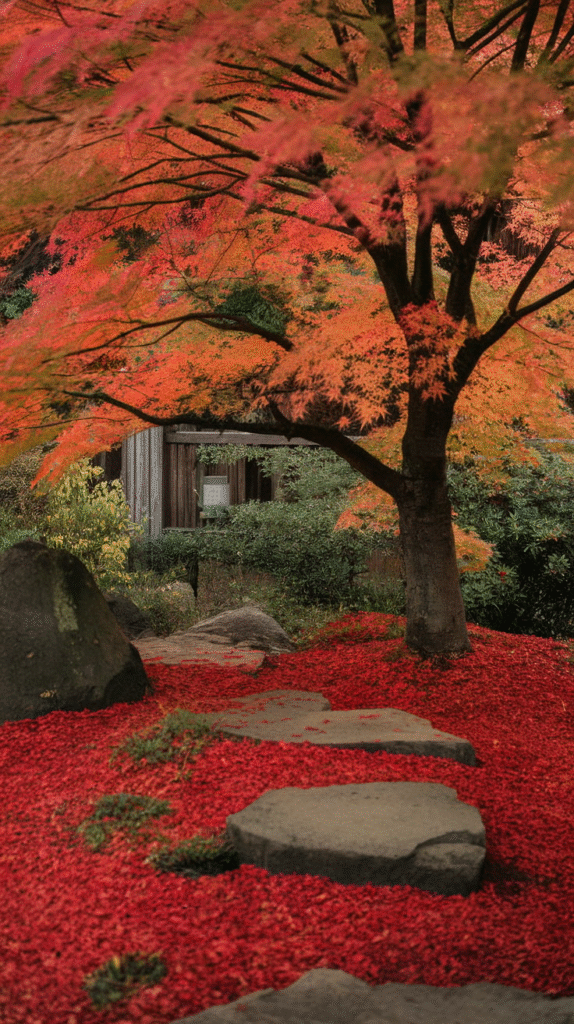
Japanese maples (Acer palmatum) are the garden’s poetry. Their elegant branches and fiery foliage bring seasonal interest, from spring’s fresh greens to autumn’s blazing reds and oranges. They’re versatile, fitting into various landscape styles—be it traditional Japanese gardens, modern minimalist yards, or cottage-style plots.
Their size varies from towering specimens to dwarf varieties, making them perfect for any garden scale. Plus, Japanese maples offer more than just looks: their graceful structure provides shade, focal points, and even privacy. They’re the silent storytellers of any garden, inviting you to slow down and savor nature’s subtle changes.
Choosing the Right Japanese Maple for Your Landscape
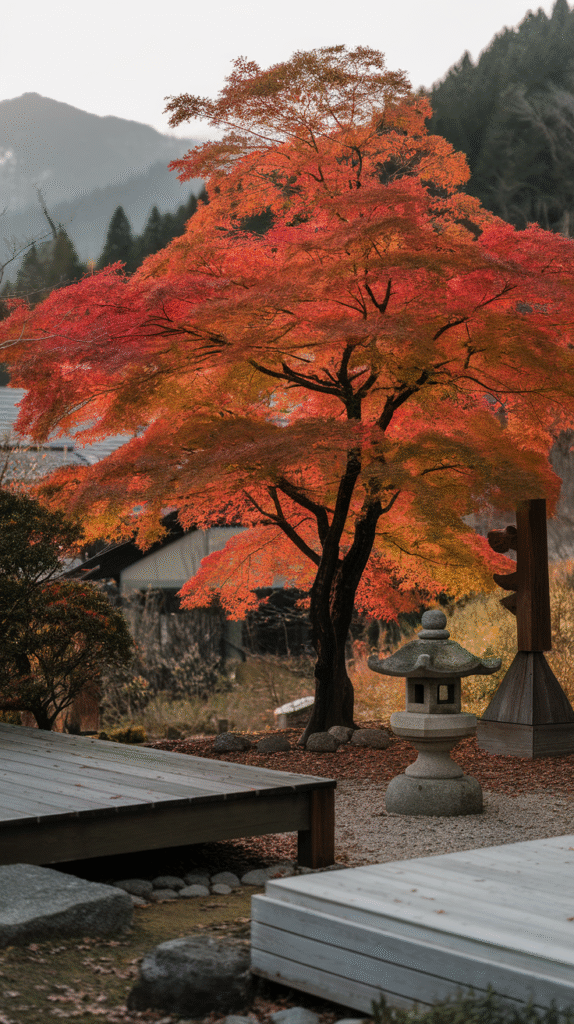
Before diving into design ideas, it’s essential to choose the right cultivar. Japanese maples vary in leaf shape, color, growth habit, and size. Some popular varieties include:
- ‘Bloodgood’ — renowned for deep red leaves and a strong upright habit.
- ‘Crimson Queen’ — a laceleaf with cascading branches and brilliant red foliage.
- ‘Sango-kaku’ (Coral Bark Maple) — famous for coral-red bark and bright yellow leaves in fall.
- ‘Green Lace’ — delicate green foliage with a weeping form.
When selecting your tree, consider your garden’s sunlight exposure, soil conditions, and space availability. Japanese maples generally prefer partial shade and well-drained acidic soil. Picking the right variety is like selecting the perfect outfit—it sets the tone for everything else.
1. Japanese Maple as a Garden Focal Point
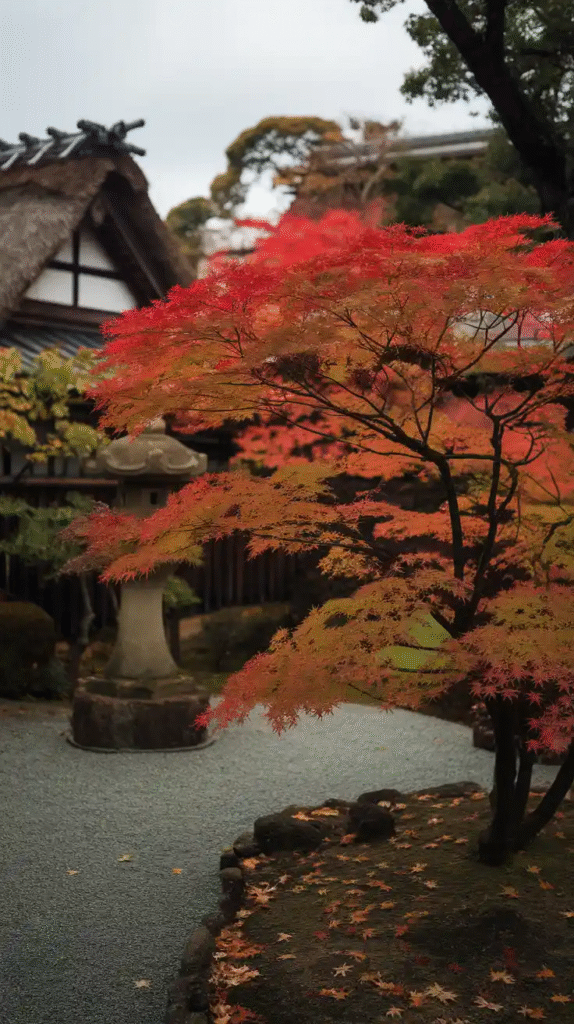
One of the simplest yet most striking ways to use a Japanese maple is as the centerpiece of your garden. Imagine it standing proudly in the middle of a carefully raked gravel area or surrounded by a ring of low-growing shrubs.
The tree’s shape and color become the garden’s heartbeat, drawing your eye and calming your spirit. In my own garden, planting a ‘Bloodgood’ maple at the center transformed a flat lawn into a place I actually want to sit and think.
2. Layered Landscape With Japanese Maple and Evergreens
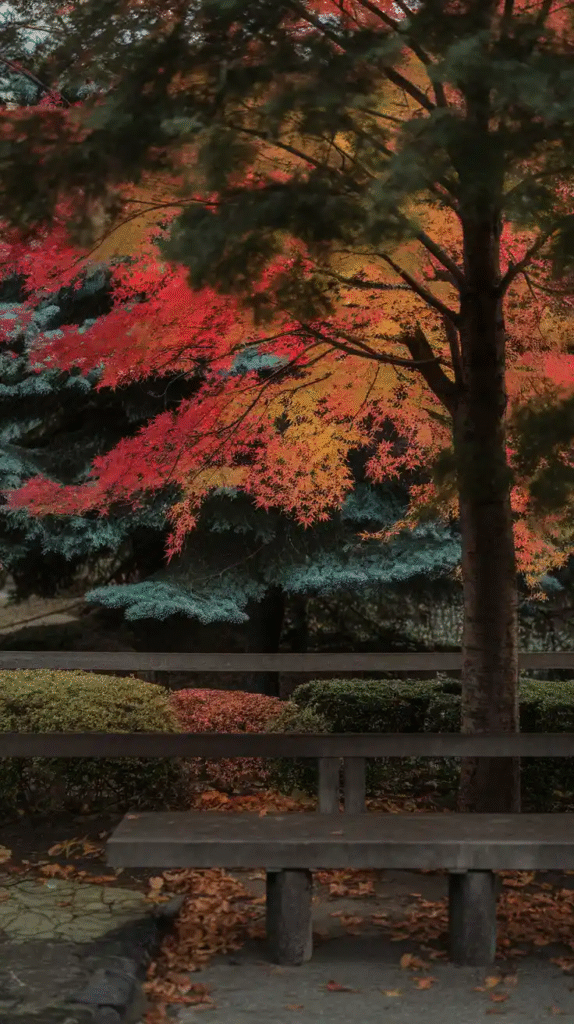
Create a tapestry of textures by layering Japanese maples with evergreens like junipers or boxwoods. The soft, feathery leaves of the maple contrast beautifully with the dense, dark greens of evergreens, providing year-round visual interest.
Plant maples in front or interspersed for pops of color and graceful shapes that change with the seasons. It’s like mixing ingredients in a stew; each adds depth and richness.
3. Incorporate Japanese Maple in a Zen Garden
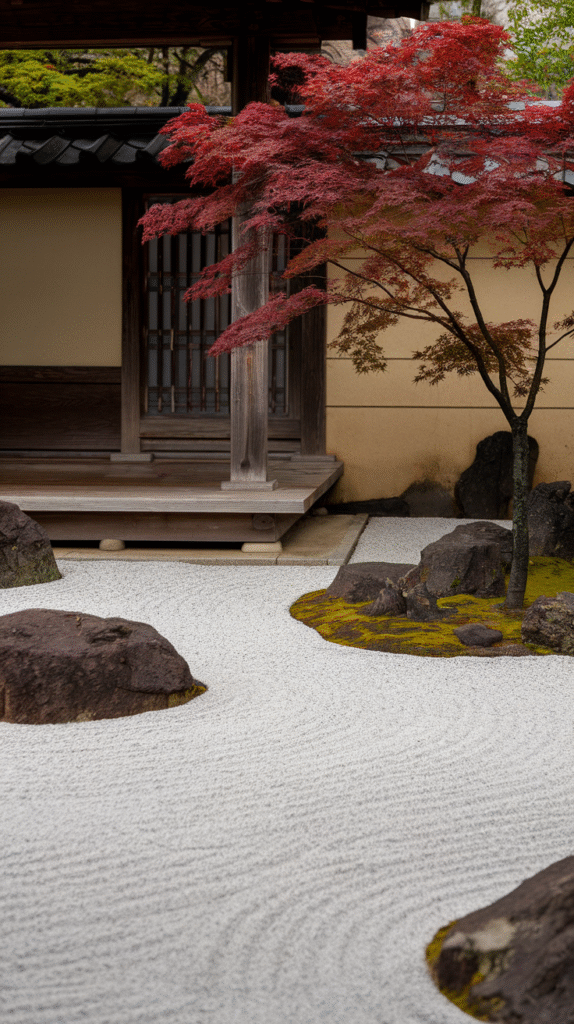
For a minimalist, tranquil space, Japanese maples are indispensable in Zen garden designs. Use them alongside stones, sand, and simple water features.
Their delicate branches create shadows that dance on raked gravel, enhancing the sense of peace and contemplation. A small ‘Crimson Queen’ makes a dramatic statement here, like a single brushstroke on a canvas.
4. Japanese Maple Understory in a Woodland Garden
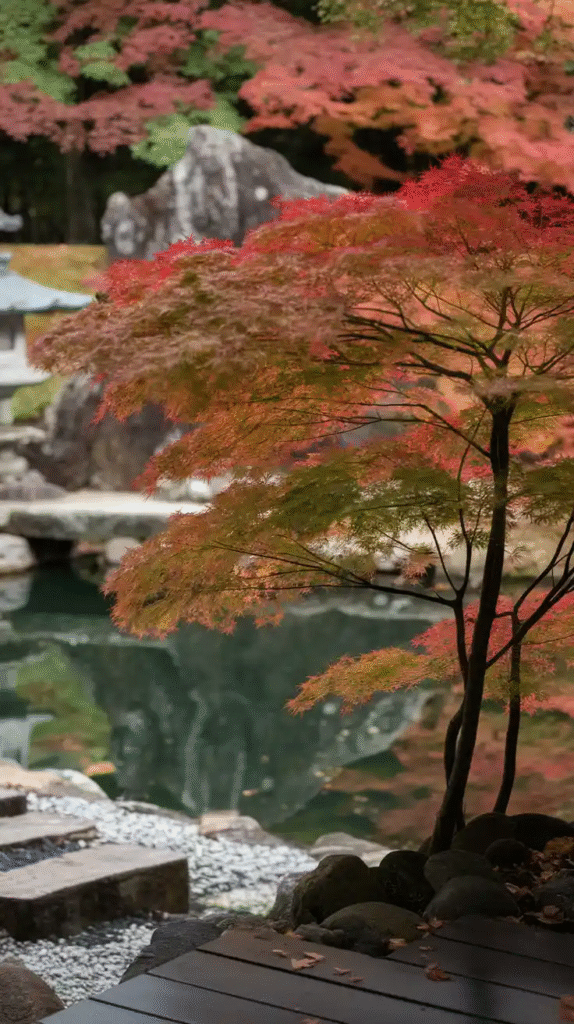
If your property has existing trees, consider planting Japanese maples as an understory layer. They thrive in dappled shade and add an enchanting glow beneath taller trees.
The vibrant autumn colors surprise you amid the dark trunks and green canopy, like unexpected jewels hidden in the forest. It’s a bit like discovering a secret room in a familiar house.
5. Use Japanese Maple to Frame Garden Entrances

Imagine walking through your garden gate and being greeted by the soft, colorful embrace of a Japanese maple framing the entrance.
This approach draws visitors into your space with a gentle invitation, setting a peaceful tone before they even step inside. Plant two smaller maples on either side of the path, trimmed to maintain openness, so they act as natural, living gateways.
6. Combine Japanese Maple With Water Features

Japanese maples reflect beautifully in water, making them a natural choice for planting near ponds, streams, or fountains. The movement of water complements the tree’s delicate form, while the changing leaves offer dynamic reflections.
I remember building a small pond next to a ‘Sango-kaku’; watching the coral bark glow in the water at sunset was like owning a piece of living art.
7. Create a Japanese Maple Hedge or Screen

While Japanese maples are typically trees or shrubs, some dwarf varieties can be planted closely to form a decorative screen or hedge.
This idea offers privacy with a splash of color and texture unmatched by traditional hedges. Think of it as creating a delicate lace curtain around your garden that filters light and adds privacy.
8. Japanese Maple in Containers for Small Spaces
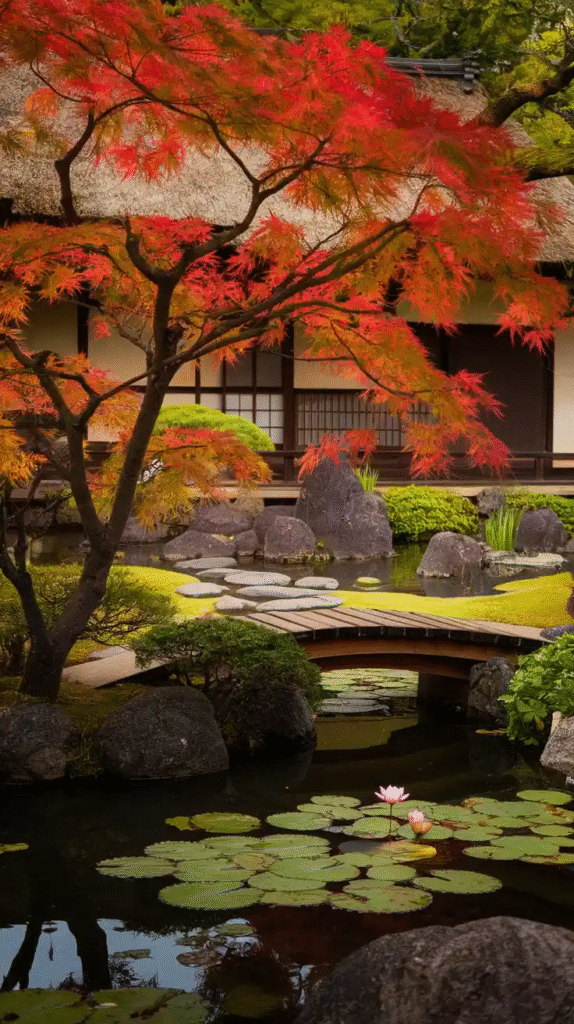
Not everyone has acres of land, and that’s where container gardening shines. Plant a Japanese maple in a large ceramic pot or wooden planter to bring its elegance to balconies, patios, or small yards.
Containers allow you to move your tree around, providing the perfect microclimate and focal points wherever you desire. A dwarf variety like ‘Shaina’ works great here.
9. Accent Pathways with Japanese Maples
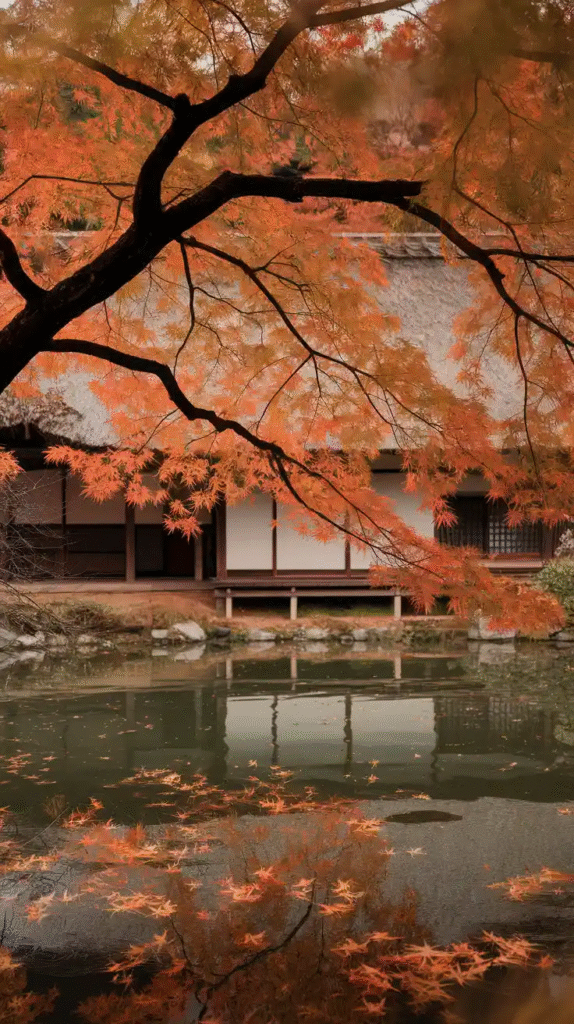
Line your garden paths with smaller Japanese maples to create a magical corridor of color. Their arching branches can form a natural tunnel or dappled shade, making a stroll through your garden feel like wandering through a storybook. Changing leaf colors mean the pathway never looks the same twice.
10. Japanese Maple Bonsai Inspired Landscape
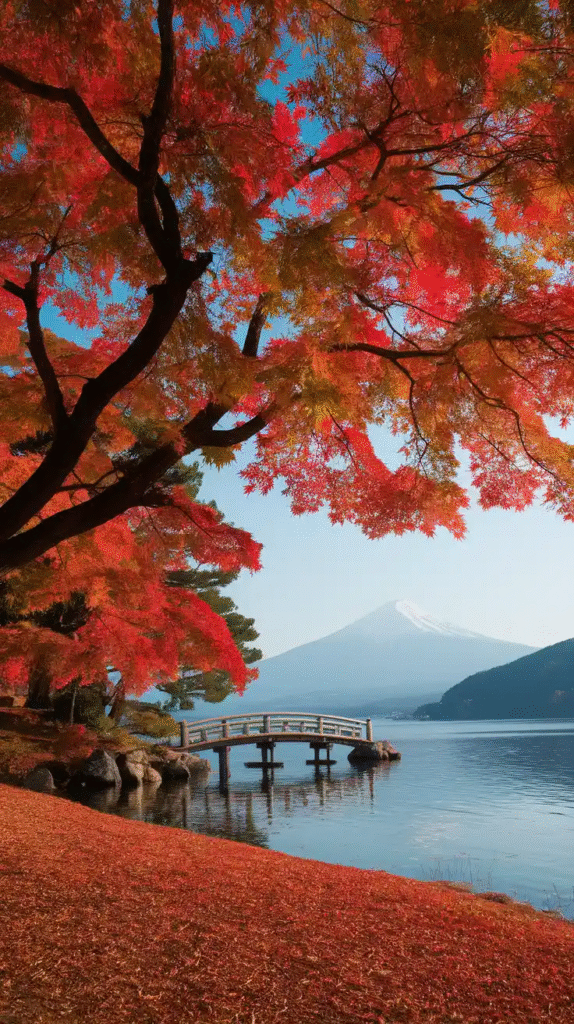
Inspired by the art of bonsai, you can mimic miniature Japanese maples in your landscape by pruning larger trees or using dwarf cultivars. This technique brings a sense of scale and refinement, evoking the feeling of a tiny ancient forest. The key is patience and attention to detail, just like nurturing a bonsai itself.
11. Plant Japanese Maples Near Stone Lanterns or Sculptures
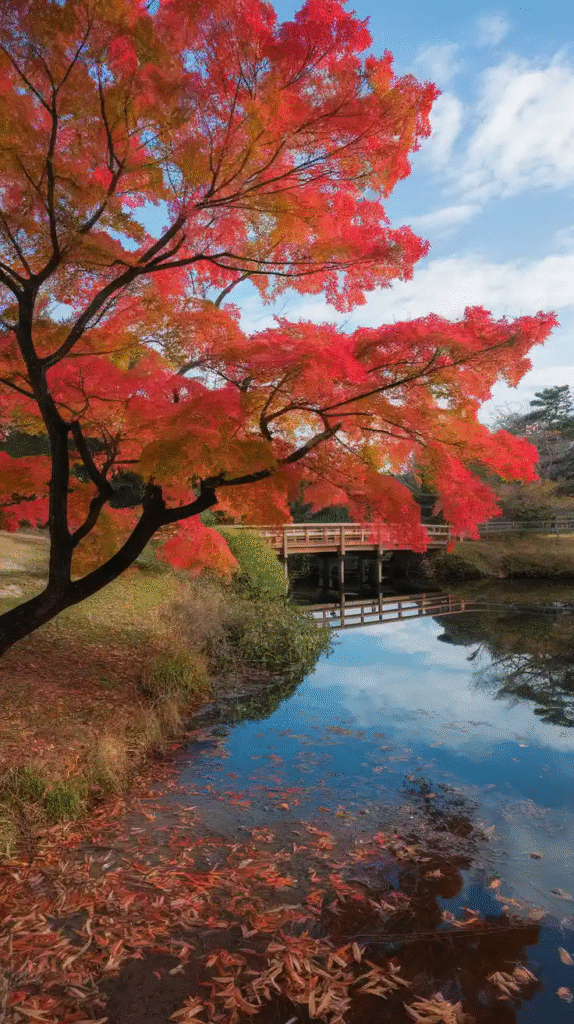
Japanese maples harmonize with stone elements beautifully. Place your trees near lanterns, pagodas, or garden sculptures to create scenes that feel rooted in tradition. The soft foliage contrasts with hard stone, bringing balance and a touch of storytelling to your garden’s composition.
12. Japanese Maple and Moss Garden Pairing
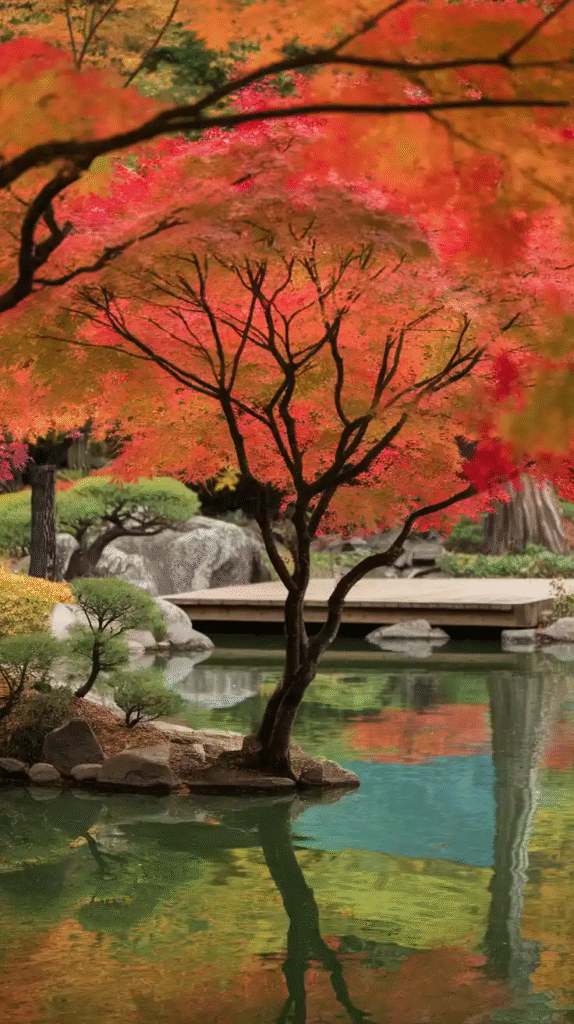
A moss garden paired with Japanese maples is like a green velvet carpet under a fiery canopy. Moss thrives in the same moist, shady conditions, and its soft texture complements the tree’s foliage. This combo creates a lush, peaceful environment perfect for meditation or quiet reading.
13. Incorporate Japanese Maples Into Rock Gardens
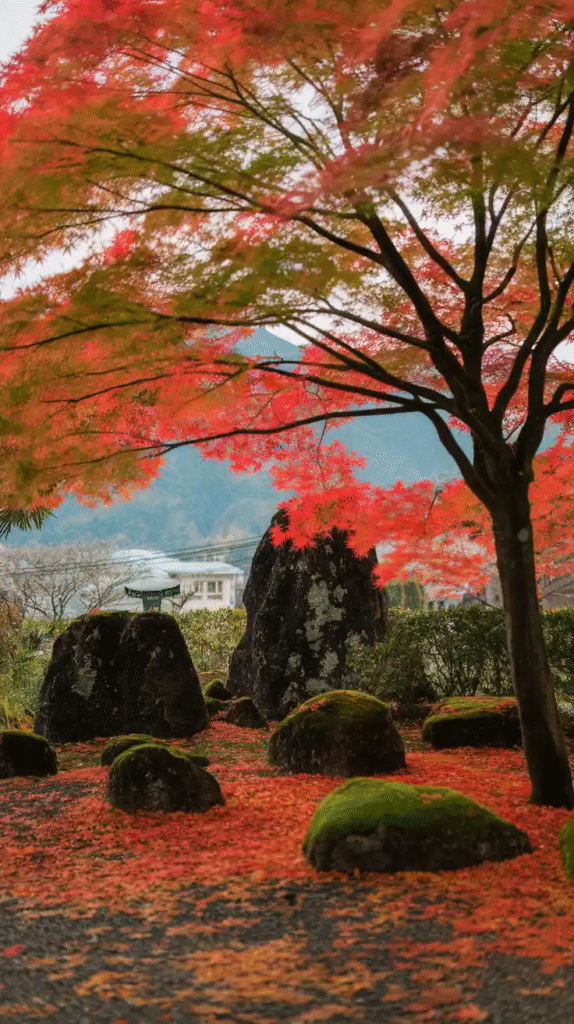
In rock gardens, Japanese maples offer a splash of life and color amid stones and gravel. Their twisting branches echo the shapes of rocks, creating visual rhythm. Plant your maples near low-growing ground covers and succulents to balance textures and colors, achieving a rugged yet graceful look.
14. Use Japanese Maple as a Backdrop for Flower Beds
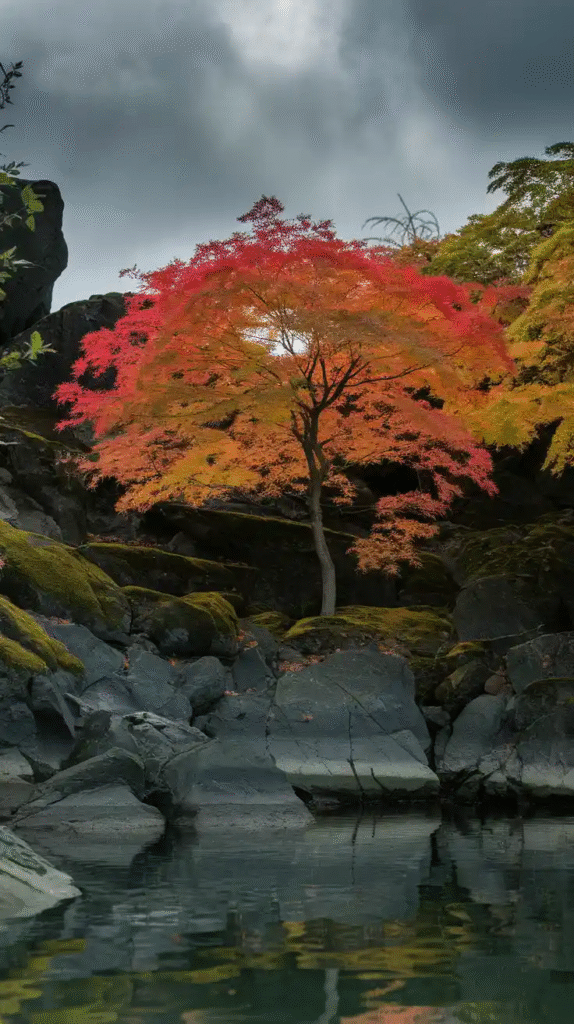
Position Japanese maples behind flower beds as a living backdrop that shifts through the seasons. Their rich foliage colors highlight and contrast with blooming perennials and annuals in front. Think of it as a stage set where flowers take center stage, framed by the elegant drama of the maples.
15. Create a Multi-Tiered Landscape With Japanese Maples
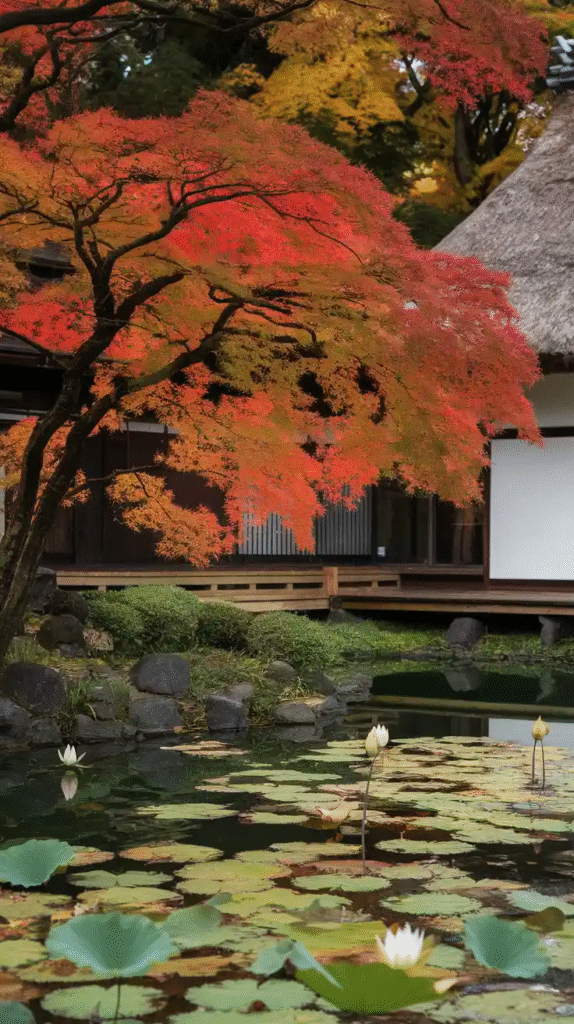
Japanese maples naturally lend themselves to multi-tiered garden designs due to their varied sizes and shapes. Use taller varieties in the back, medium-sized trees mid-layer, and dwarf or shrub varieties in front to create depth and interest. The interplay between layers is like reading a novel with a captivating plot and subplots.
16. Japanese Maple as a Seasonal Color Contrast
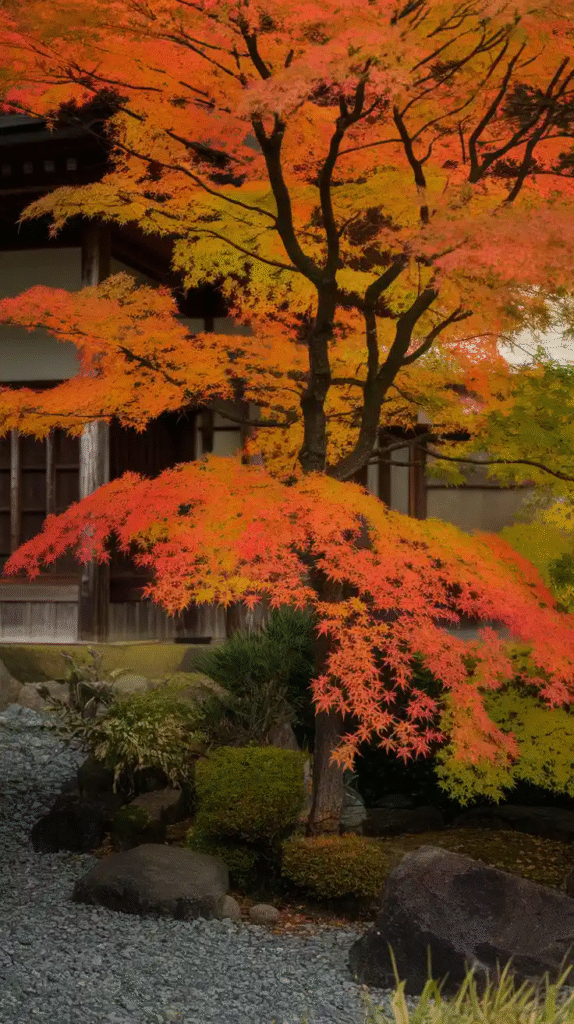
Strategically plant your Japanese maples to provide seasonal color contrast. Pair bright green maples with dark evergreens or golden-yellow trees to create visually striking combinations. This approach keeps your garden vibrant and interesting through every season.
17. Edging Patios and Outdoor Seating Areas With Japanese Maples
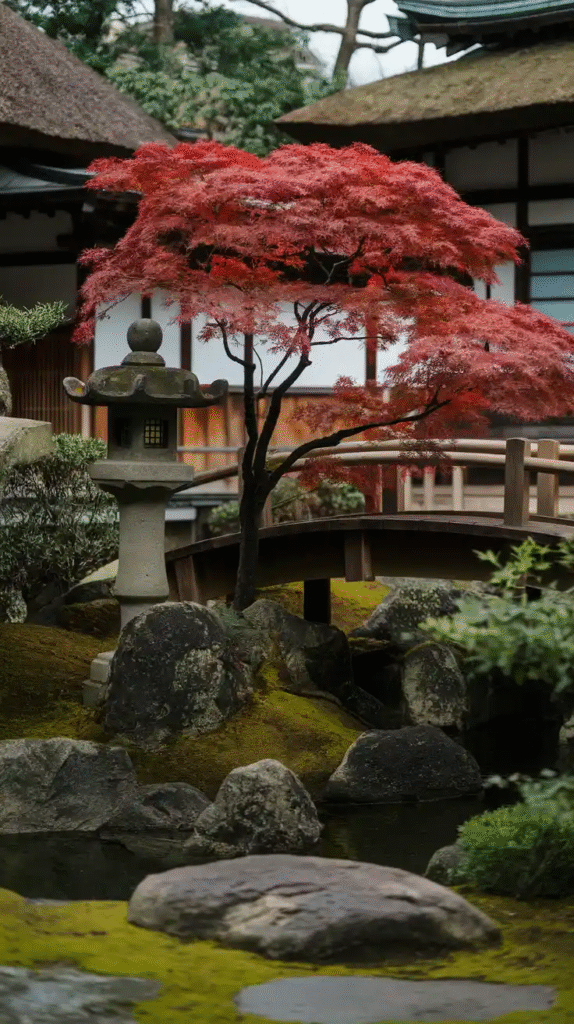
Surround your outdoor living spaces with Japanese maples to create intimate, shaded areas. Their size and form offer privacy without feeling enclosed. Imagine sipping tea beneath gently swaying branches whose leaves filter the sunlight, turning your patio into a natural retreat.
18. Highlight Japanese Maples With Garden Lighting
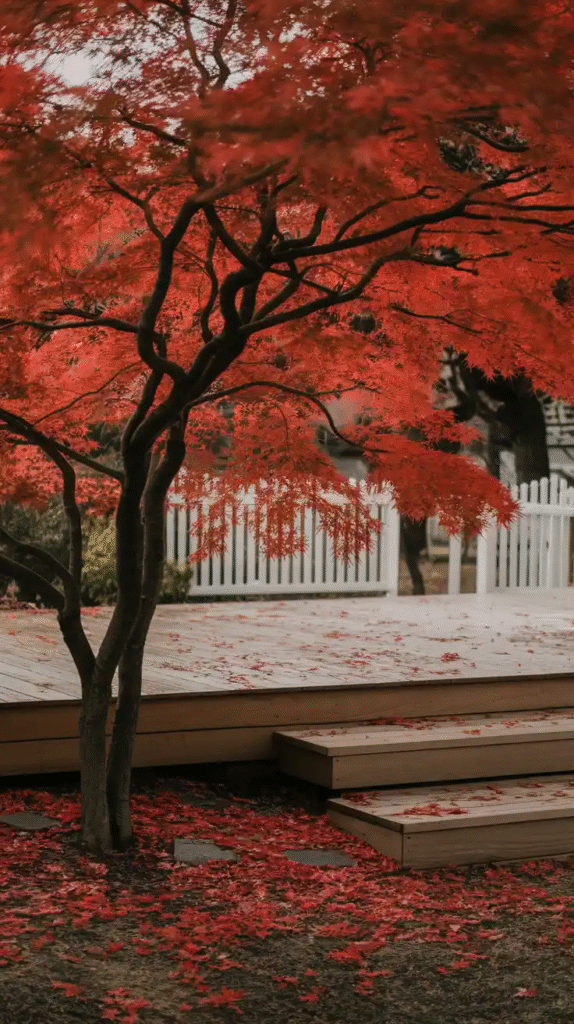
Nighttime can be just as magical as day when you illuminate your Japanese maples with well-placed garden lighting. Use soft uplights or spotlights to highlight the texture of the bark and the rich colors of the leaves. This lighting turns your garden into a stage, spotlighting your trees as stars under the moon.
19. Mix Japanese Maples With Native Plants for a Harmonious Landscape
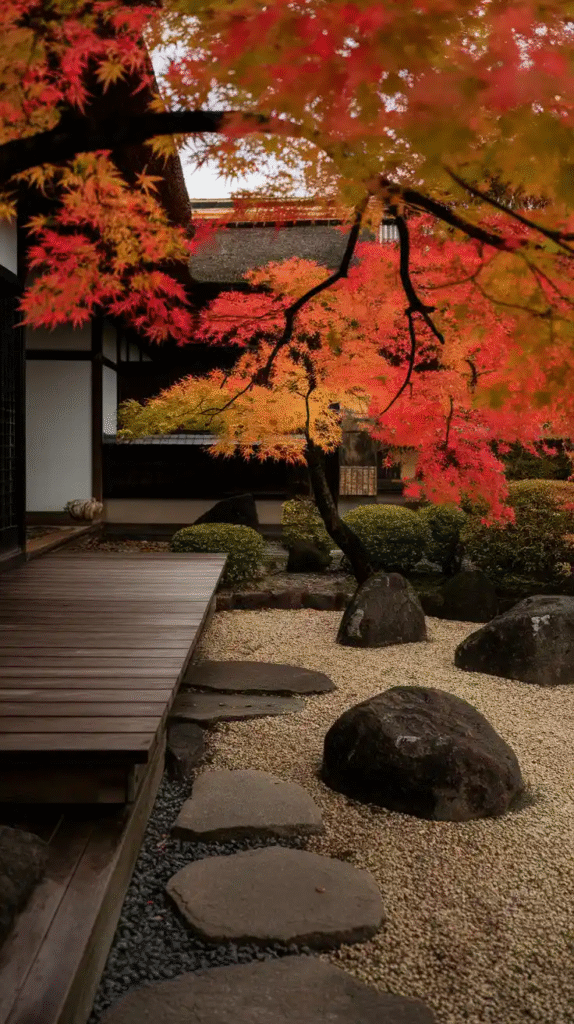
While Japanese maples bring a unique aesthetic, pairing them with native plants creates a harmonious ecosystem that supports local wildlife and requires less maintenance. Combine them with ferns, hostas, or native wildflowers for a garden that’s both beautiful and sustainable.
Conclusion
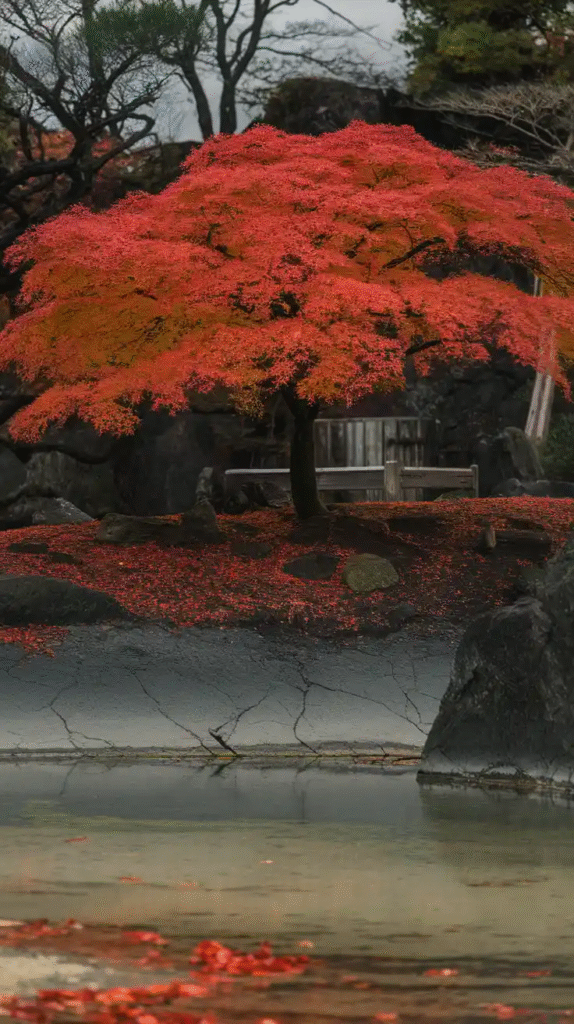
No matter how beautifully you integrate Japanese maples, their health is key to maintaining their beauty. Water young trees regularly, especially in dry spells, but avoid waterlogging.
Mulch to keep roots cool and moist. Watch for pests like aphids or scale and prune dead or crossing branches to maintain their shape. Fertilize lightly in early spring with a balanced formula. Remember, these trees appreciate gentle care, much like a good friend who flourishes with attention and kindness.
Japanese maples are more than just trees—they’re living sculptures that bring grace, color, and serenity to your landscape. With these 19 ideas, you have a toolbox of inspiration to design a garden that not only looks stunning but feels like a quiet sanctuary in your busy life.
So, grab your shovel, plan your planting, and prepare to watch your garden transform into a peaceful retreat filled with natural artistry and calm. Your Japanese maple masterpiece awaits.

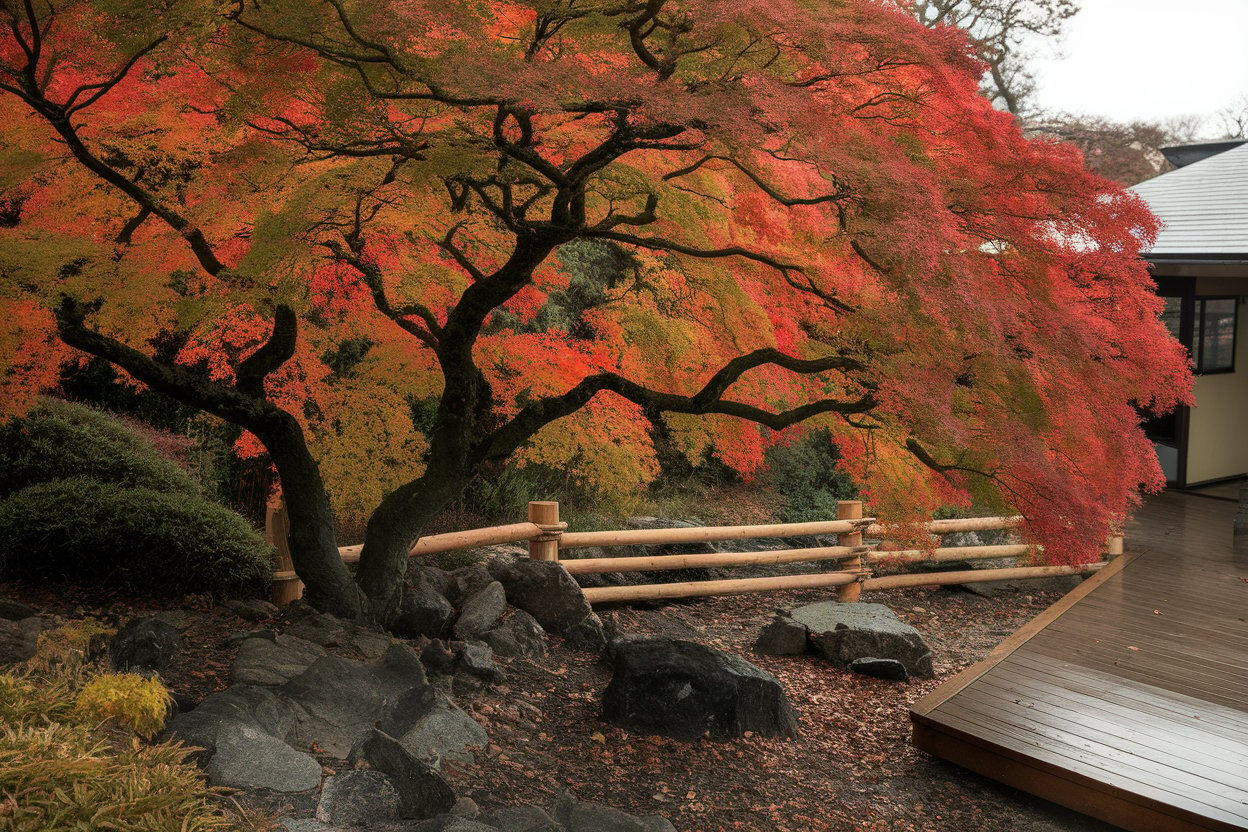
Leave a Reply